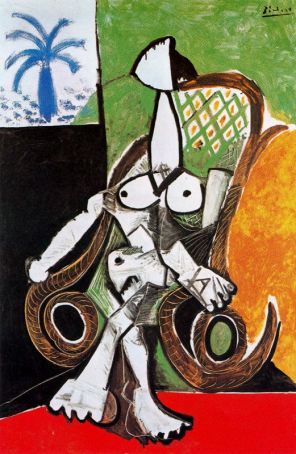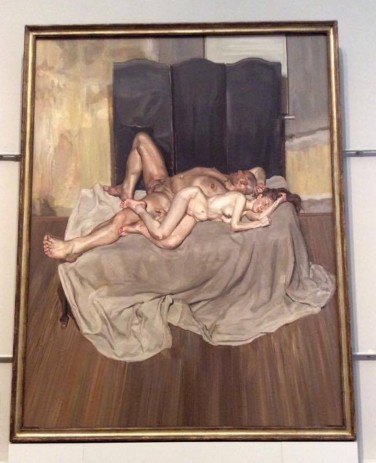1. Write a letter to Virginia Woolf telling her how much you like her ideas about writing a kind of fiction completely unconstrained by the rules of the past. Use the last paragraph on page 2151 and over to 2152 as your reference point.
Dear Virginia Woolf,
I strongly agree with your ideas about writing a kind of fiction that is completely unconstrained by the rules of the past. You state that “the writer seems constrained, not by his own free will but by some powerful and unscrupulous tyrant who has him in his thrall, to provide a plot, to provide comedy, tragedy, love interest, and an air of probability embalming the whole so impeccable that if all his figures were to come to life they would find themselves dressed down to the last button of their coat in the fashion of the hour.” As someone who reads a lot and have done my entire life, I often feel that this is the case in many novels today; it often seems as though certain aspects of a plot are added in for the sole purpose of ticking a box before being forgotten about. I remember when I was in school and had to partake in creative writing; in the beginning, I wrote exactly what I wanted to but it was always returned to be redone until I had included all these specific ideas and topics. I found that not only was I not writing what I had originally wanted to, but I was sometimes found myself writing things I did not agree with, believe or even envision for the story or character. Having continued to write like this for years during my schooling, I lost interest in it as I often found myself questioning what the point of writing was if I was unable to say what I wanted and was just ticking off boxes as I followed everyone else’s expectations rather than my own.
The more authors follow these constraints and rules, the more their stories and ideas “cease to resemble the vision in their minds”. I believe that when writing in any form, especially that of fiction, you should follow your visions and interests rather than those pre-constructed ideas and constraints, because otherwise, how will writing move forward and develop? And how will we be able to write what we believe, and think, and feel when these each vary from person to person.
Kind regards,
Nicole
Featured Image Source: https://blogs.shrewsbury.ac.th/english/files/2012/05/cropped-banner112.jpg






